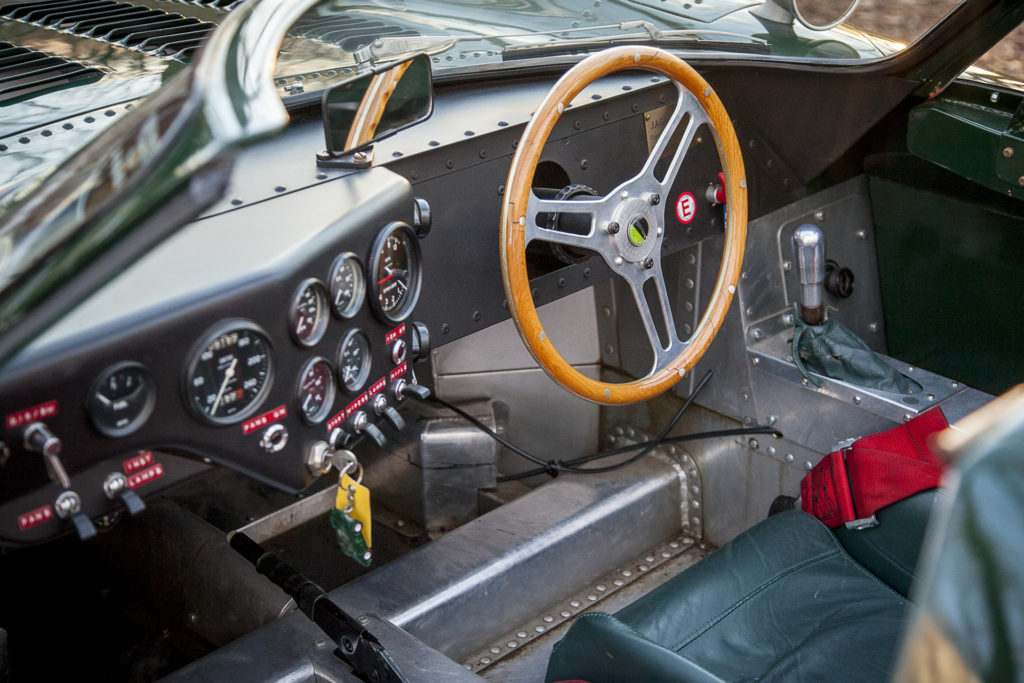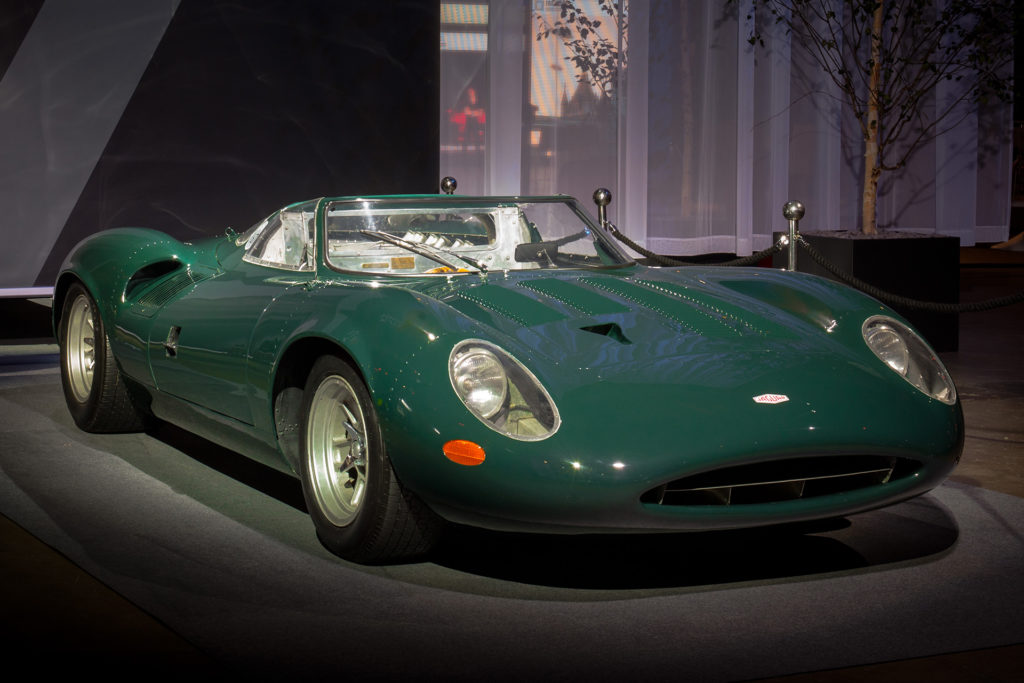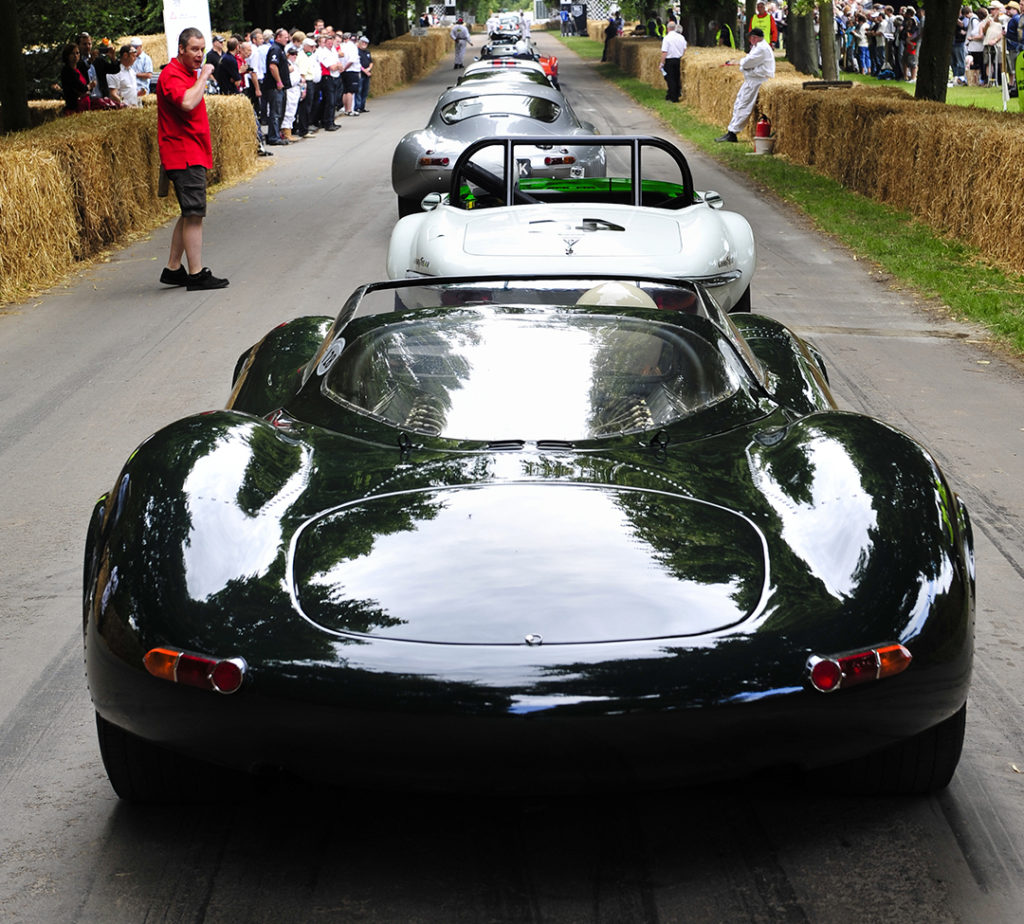Photo credit: Jaguar, Wheelsage
What happens when a manufacturer who has become a symbol of the 24 Hours of Le Mans with no less than five victories to its name, feels that its production car business is showing some alarming failures?
The year was 1963, the last victory of the magnificent D-Type Jaguar dated back to 1957. There was only one card left to play: go back and win again.
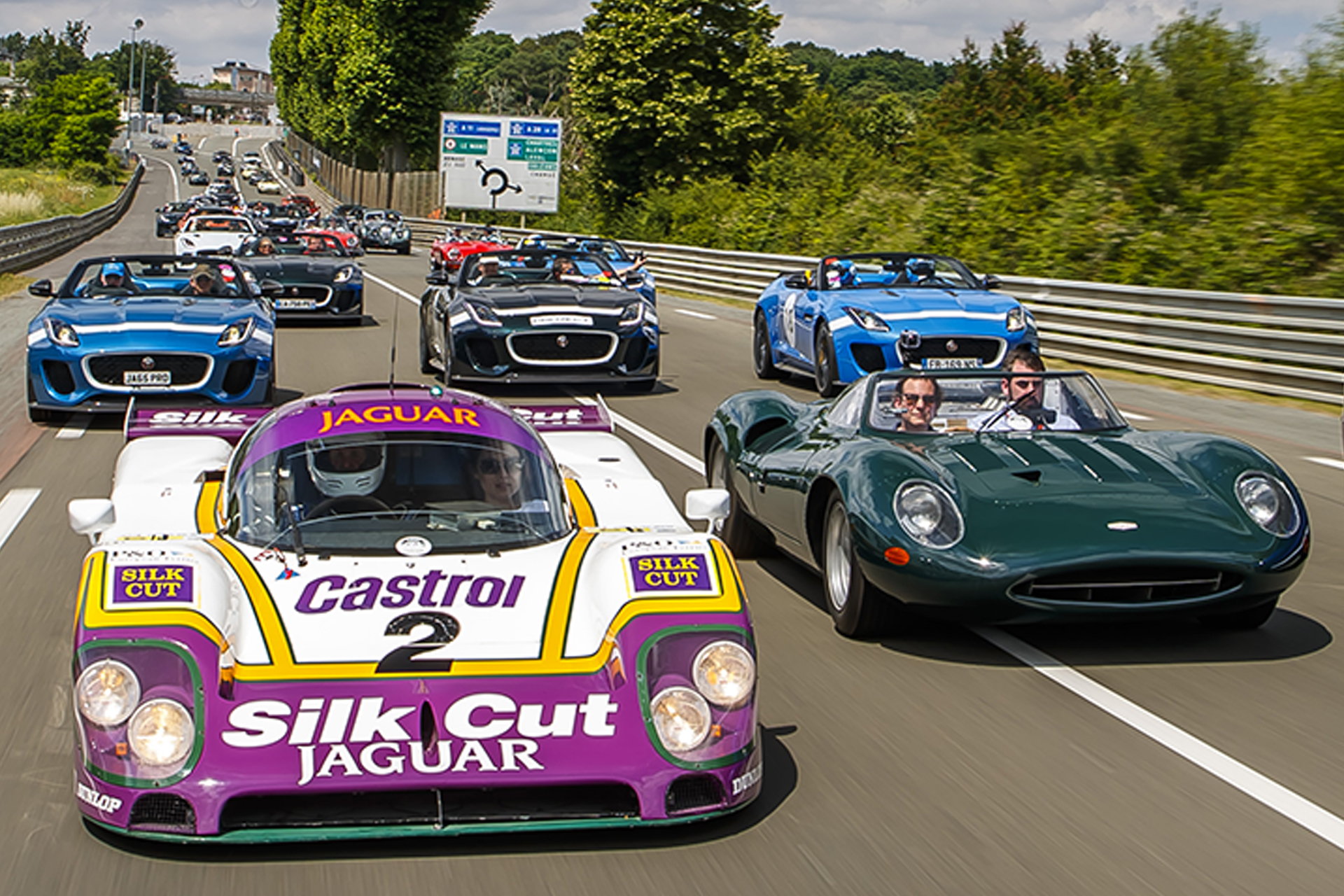
In Coventry at the beginning of 1964, the engine was already on the test bed. A 60-degree V12 with a 5,000cc displacement. Regulations allowed for larger engine sizes – in 1966 Ford would win with a 7,000cc! – so the traditional 6-cylinder that brought so many successes was reinterpreted, coupling two together to form a new V12 cylinder power unit.
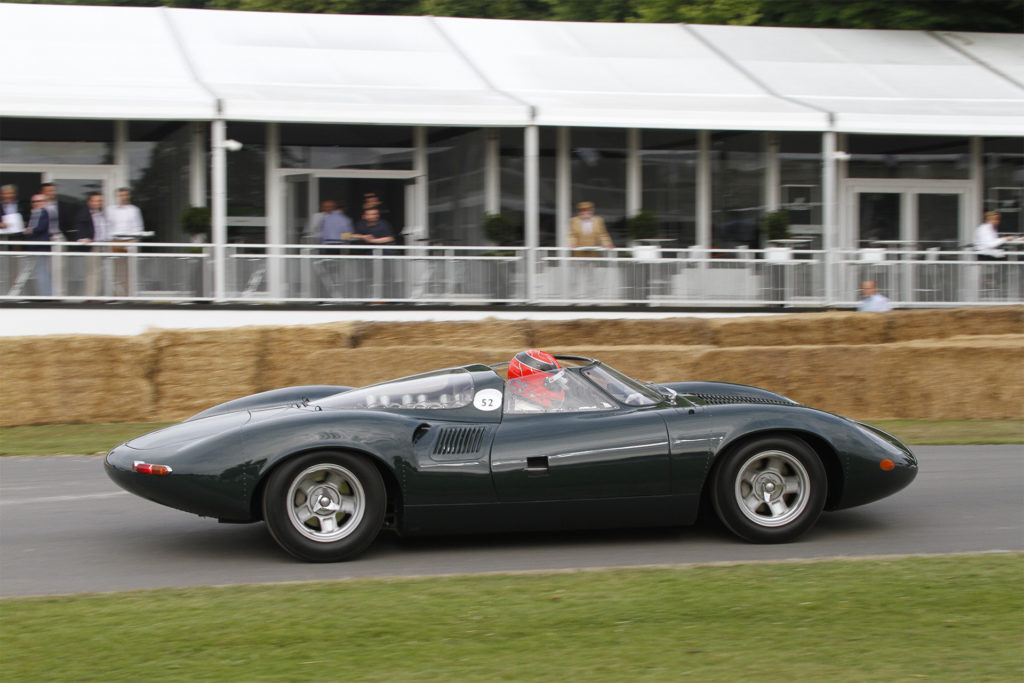
The designer didn’t change though: it would still be Malcolm Sayer, the creator of the Jaguar C-Type and D-Type, to pen the new car, now with a mid-mounted engine. Important drivers such as the World Champion Jack Brabham, David Hobbs and Richard Atwood were involved in the development, and in 1966 the first – and only – XJ13 was finally ready.

Even without wishing to mention superstition, that number didn’t bring good luck: the car, as beautiful as it was promising in performance, encountered two overwhelming obstacles: first, the company changed ownership with the hope of a relaunch. Second, the organisers at Le Mans announced the return to more restrained engine sizes, limiting the future to 3,000cc. Theoretically, there was still time but such an important investment for just a few years competing with Ferrari and Ford did not seem reasonable.
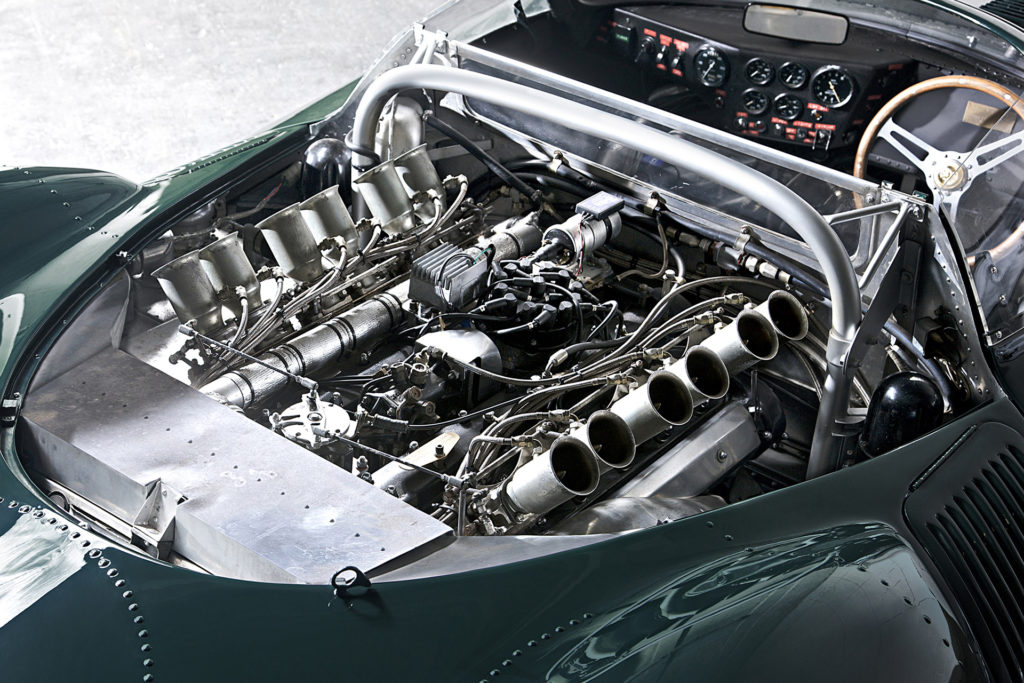
And the XJ13? It gave its V12 engine to the Jaguar E-Type as well as lending itself to commercials. Much less than it would have hoped for. Today, it resides at the Jaguar Museum but it is never far from the news, which is why we remember it here: there are various “recreations” out there that every now and then show up at the auctions. The last one to appear changed hands for close to 500 thousand dollars. At least that’s some consolation for a shattered dream.
